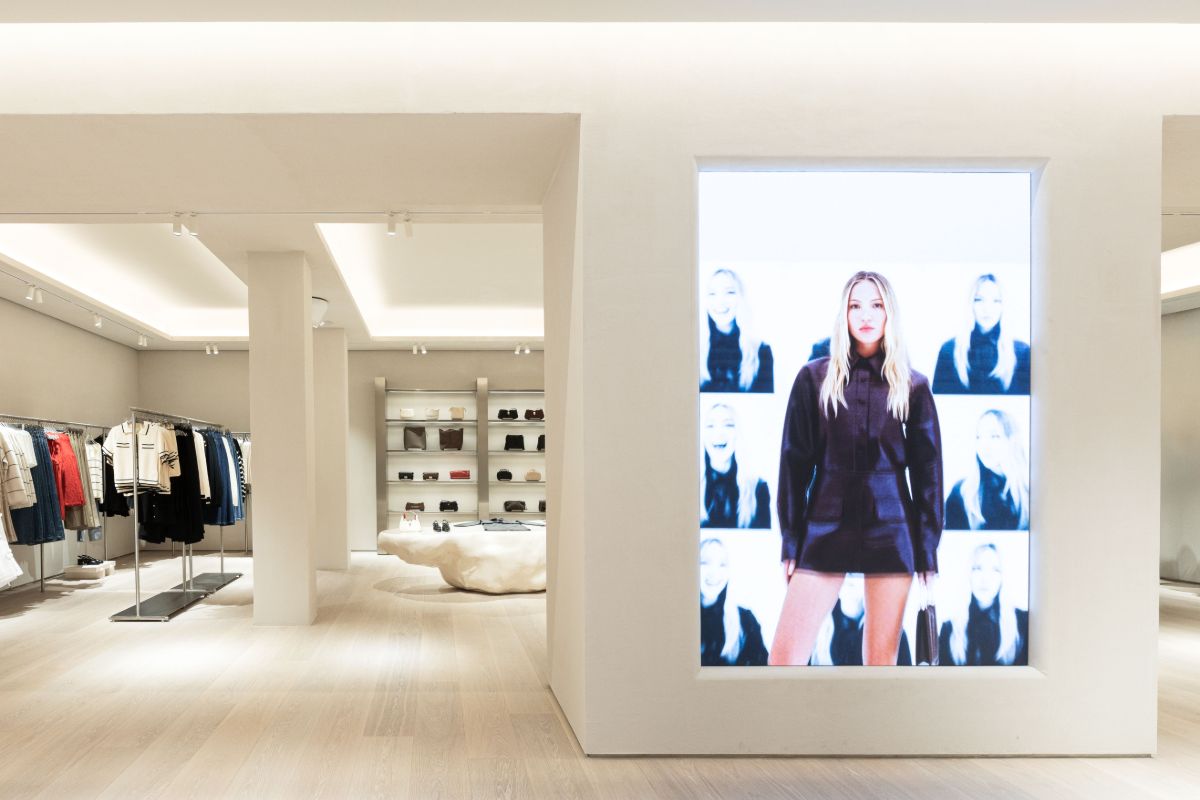Online sales grew half as quickly in September as they did a year earlier, while UK like-for-like retail sales fell by 0.2% in September in what the British Retail Consortium (BRC) describes as a “summer hangover”. The fall prompted the BRC to renew its call, ahead of this month’s Autumn budget, for the Government to introduce a tax system that will treat high street retailers more fairly.
Ecommerce non-food sales grew by 5.4% during the month, according to the BRC-KPMG Retail Sales Monitor for September 2018. That’s down from growth of 10.7% a year earlier. September’s online growth, said the BRC, was the lowest seen since January and below both the three-month trend of 6.7% and the full-year trend of 7.1%. That said, almost a quarter of sales (24.2%) took place online last month – up from 22.7% a year earlier.
Total retail sales grew by 0.7%, down from growth of 2.3% a year earlier – again below the three-month (+1.2%) and 12-month (+1.3%) averages.
Helen Dickinson, chief executive of the BRC, said: “These figures lay bare the difficult operating environment for the retail industry. After a challenging August, constrained consumer spending in September has resulted in the weakest sales growth for five months.
“The retail industry pays a disproportionate amount of tax,” she said. “It represents 5% of the economy but pays 10% of business tax and almost 25% of business rates. A tax system skews towards high taxes on people and property is contributing to stores closures and job losses and is stalling the successful reinvention of our high streets.
“Taxes apply to all businesses so the answer is not additional taxes solely on the retail industry. The Government urgently needs to reduce the business rates burden and create a tax system fit for the 21st century that more fairly distributes taxes right across the economy.”
Once again, the figures showed falling in-store sales of non-food goods – down by 2.7% in total in the three months to September, and by 4% on a like-for-like basis. Over the last year, average total in-store sales fell by 2.7%.
Food sales, meanwhile, grew by 2.3% on a like-for-like basis that strips out the effect of store openings and closures, and by 3.4% in total in September – below the 12-month total average of 3.7%. Non-food sales fell by 1.6% LFL and by 0.6% in total.
Esme Harwood, director at Barclaycard, said: “We’ve seen spending return to a more modest level as consumers balance their budgets after a longer than usual summer of spend. Rising prices are having an impact on shoppers’ spending priorities, with more of their household budget devoted to everyday essentials such as petrol.
“Looking ahead, a more cautious approach looks set to continue into the Christmas period as consumers remain conscious of the wider economic trends. With this in mind, it’s clear that shoppers will seek out value for money purchases – whether that’s everyday essentials or those discretionary or ‘nice to have’ items.”








